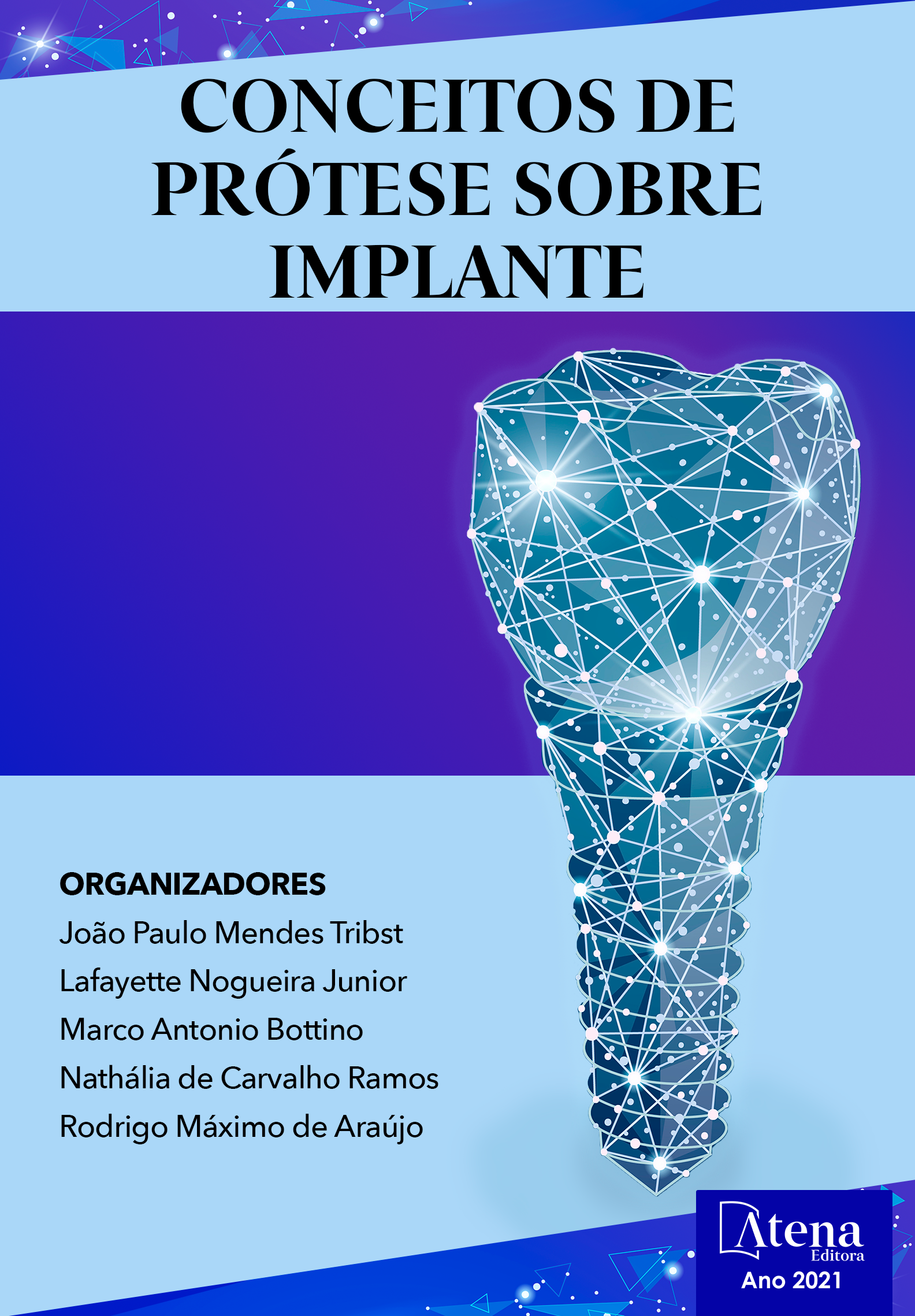
INTRODUÇÃO A IMPLANTODONTIA
A reabilitação com próteses dentárias é relatada há milhares de anos. Cientistas de todos os tempos tentaram implantar no alvéolo metais para restituir dentes perdidos utilizando diversas técnicas, mas somente em 1952 o professor Branemark e colaboradores iniciaram os estudos do conceito de prótese tecido-integradas. Os estudos revelaram a íntima conexão entre osso, medula, e compartimentos de tecido articular, enquanto que estudos subsequentes de regeneração ósseo-medular enfatizaram a próxima conexão funcional entre medula e osso no reparo de defeitos ósseos. A partir destes achados, em 1960 os pesquisadores começaram uma série de estudos in vivo a longo prazo no intuito de estudar implantes de titânio com o desenho de parafuso, e logo no início os resultados sugeriram fortemente a possibilidade de osseointegração. Assim, em 1965 foram reabilitados os primeiros pacientes com implantes de titânio. Para a osseointegração ocorrer é necessária uma estabilidade primária (resistência máxima ao movimento de um determinado implante no final da inserção) seguida da secundária que aumenta com a osseointegração pois a estabilidade total é a soma da primária e da secundária. Os implantes são amplamente utilizados nas reabilitações de rebordos parcial ou totalmente edêntulos, pois oferecem vantagens funcionais e biológicas quando comparadas às próteses fixas e removíveis convencionais; porém para que os implantes cumpram com todas as funções destinadas, são necessários que alguns passos sejam realizados antes da cirurgia propriamente dita, sendo o planejamento um fator muito importante e determinante para o sucesso da osseointegração e estética da prótese
INTRODUÇÃO A IMPLANTODONTIA
-
DOI: 10.22533/at.ed.5322130081
-
Palavras-chave: Implantodontia, Osseointegração, Planejamento protético
-
Keywords: Implantology, Osseointegration, Prosthetic Planning
-
Abstract:
Rehabilitation with dental prostheses has been reported for thousands of years. Scientists of all times tried to implant metals in the alveolus to restore lost teeth using various techniques, but it was not until 1952 that Professor Branemark and collaborators began studying the concept of tissue-integrated prosthesis. The studies revealed the close connection between bone, marrow, and joint tissue compartments, while subsequent studies of bone marrow regeneration emphasized the close functional connection between marrow and bone in the repair of bone imperfections. Based on these findings, in 1960 the researchers began a series of long-term in vivo studies in order to study titanium implants with screw design, consequently the results strongly suggested the possibility of osseointegration and in 1965 first patients were rehabilitated with titanium implants. For osseointegration to occur, primary stability (maximum resistance to movement of a given implant at the end of insertion) is necessary, followed by secondary stability, which increases with osseointegration, as total stability is the sum of primary and secondary ones. Implants are widely used in the rehabilitation of partially or totally edentulous ridges, as they offer functional and biological advantages when compared to conventional fixed and removable prostheses. However, for the implants to fulfill all their intended functions, some steps need to be taken before the surgery itself, with planning being a very important and determining factor for the success of the osseointegration and aesthetics of the prosthesis.
-
Número de páginas: 18
- Joyce Roma Correia dos Santos Siqueira
- Rita Maria Morejon Rodriguez
- Nathália de Carvalho Ramos
- Guilherme Scalzer da Rocha Lopes
- Lafayette Nogueira Junior
- Rodrigo Máximo de Araújo
- Marco Antonio Bottino
- João Paulo Mendes Tribst


